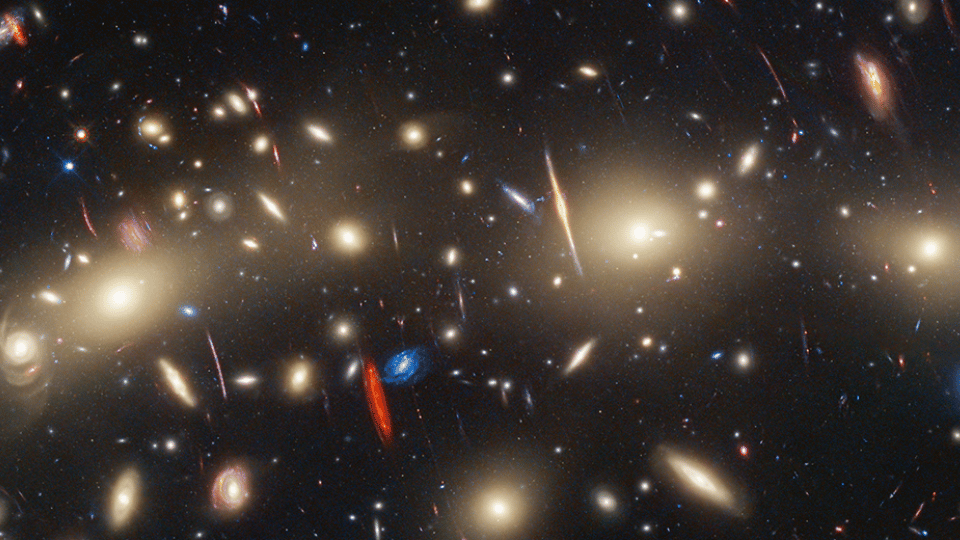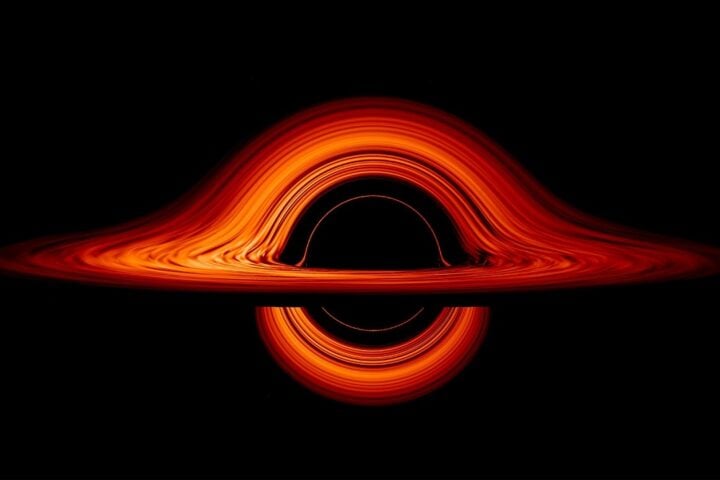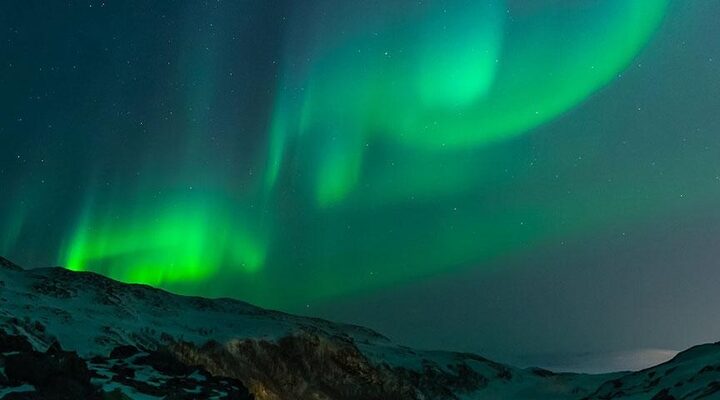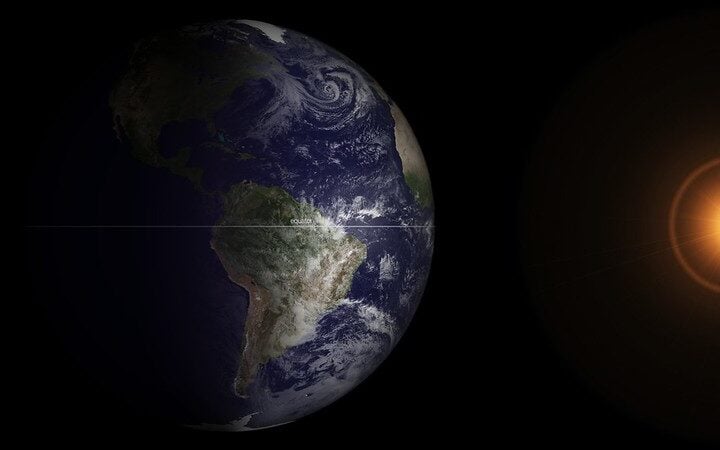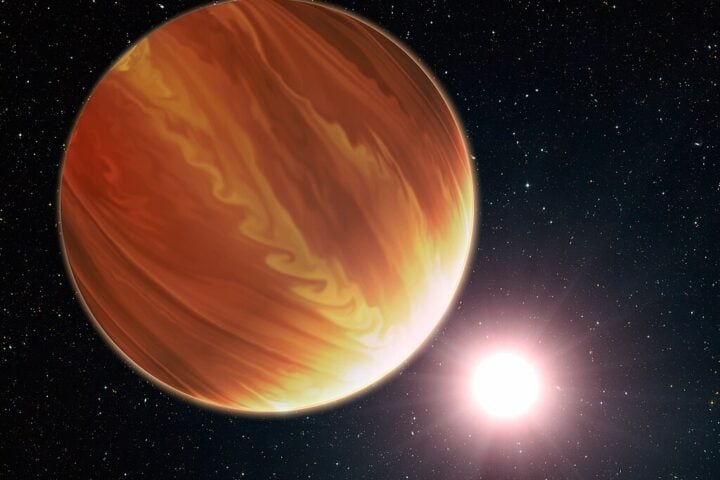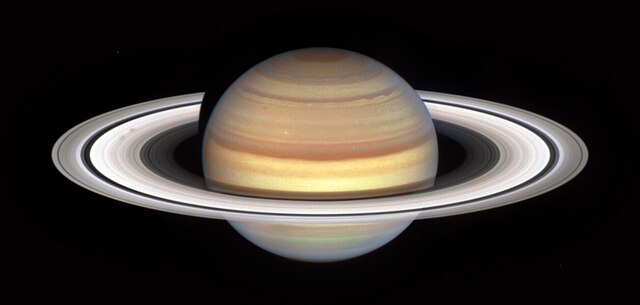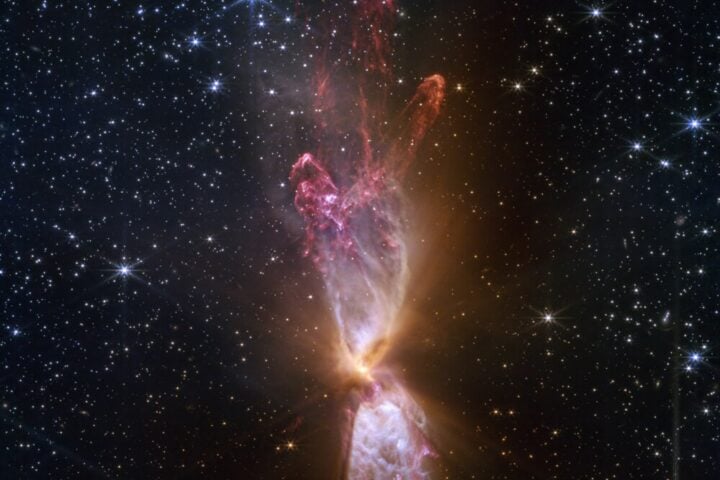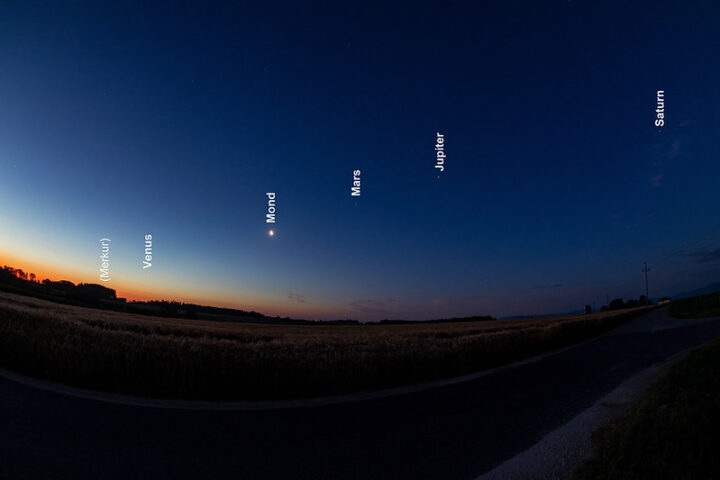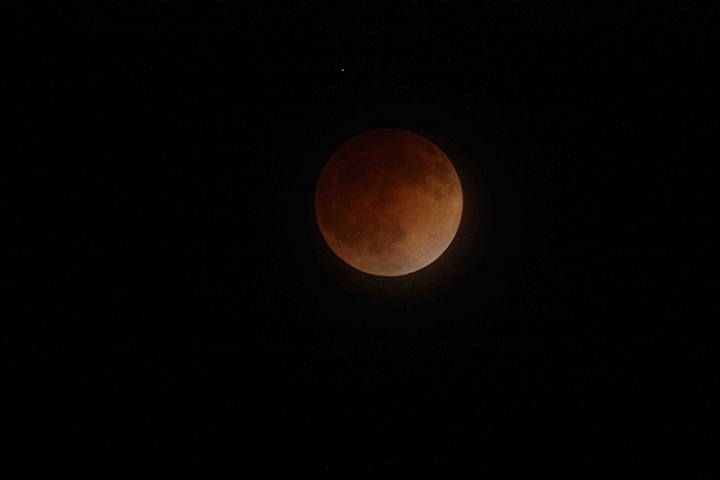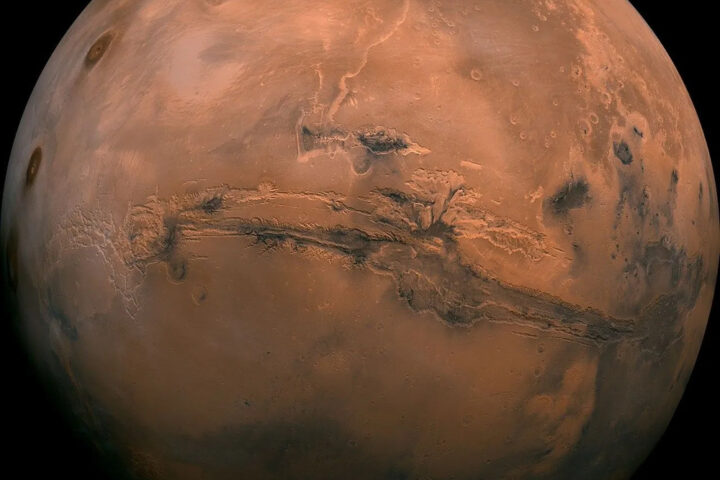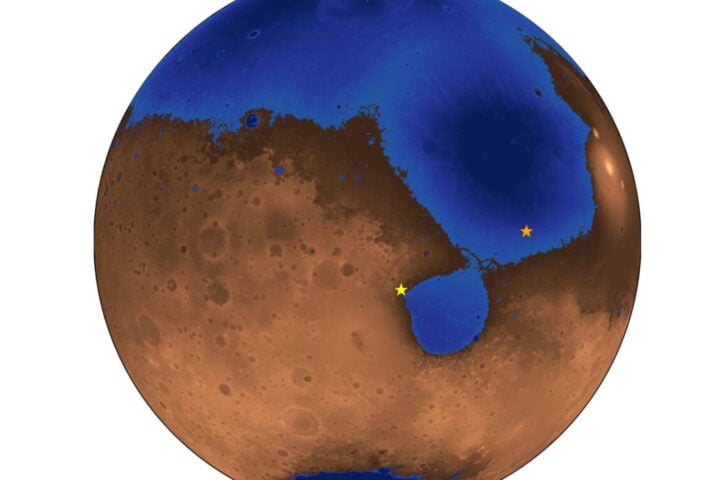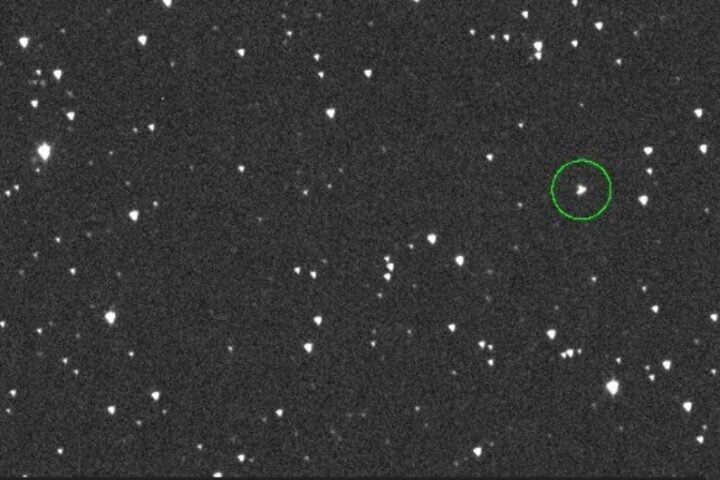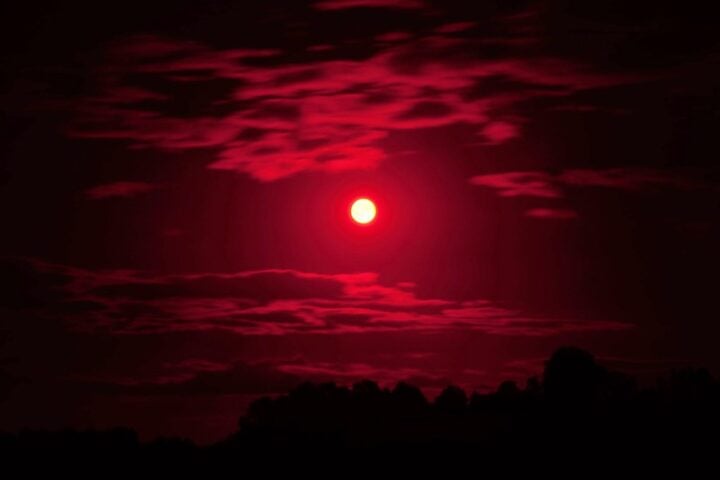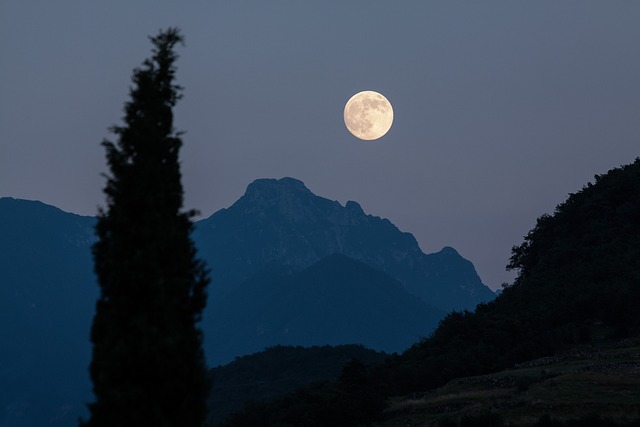NASA’s upcoming Nancy Grace Roman Space Telescope is set to revolutionize our understanding of the cosmos like never before. This cutting-edge observatory, designed to work alongside other NASA telescopes such as the James Webb Space Telescope and Chandra X-ray Observatory, promises to unveil a dynamic universe filled with exciting discoveries.
According to Julie McEnery, the senior project scientist at NASA’s Goddard Space Flight Center, Roman’s distinctive feature lies in its vast field of view. Unlike its counterparts that zoom in on identified transient objects, Roman will cast a wide net, uncovering numerous unknown phenomena. In fact, with its unique capabilities, it may even reveal entirely new classes of cosmic events.
The centerpiece of Roman’s mission is the High Latitude Time-Domain Survey, designed to detect a specific type of exploding star known as type Ia supernovae. These celestial events are critical in tracing the universe’s evolution and shedding light on the enigmatic concept of dark energy. By repeatedly observing the same region of the sky every five days for two years, scientists will create time-lapse movies showcasing various transient events, including stellar collisions and stars being engulfed by black holes.
The key to using type Ia supernovae lies in their consistent intrinsic brightness. Scientists can accurately measure their distances by assessing their apparent brightness. Roman will analyze the light spectrum of these supernovae to determine their speed, providing valuable insights into cosmic expansion. This data will also help resolve discrepancies in measurements of the Hubble constant, the rate at which the universe is expanding.
Rebekah Hounsell, a research scientist at the University of Maryland, Baltimore County, believes that Roman’s findings could reshape our understanding of the universe’s past, present, and potential future.
Similar Posts
But Roman’s capabilities don’t stop at supernovae. The survey’s broad coverage will capture various other cosmic wonders, including the birth of new black holes resulting from the merger of neutron stars, which create ripples in space-time. Tidal disruption events, where stars are shredded by black holes, will be observed, shedding light on how black holes influence their surroundings.
Roman’s steady gaze will also provide insights into active galaxies hosting supermassive black holes known as quasars. By studying the fluctuations in quasar brightness, astronomers hope to gain a better understanding of these intense cosmic beacons.
Furthermore, Roman will help scientists probe the period of reionization, a crucial cosmic epoch where ultraviolet light from quasars transformed the universe from opaque to transparent.
In the words of Julie McEnery, “This Romansurvey will provide a treasure trove of data for astronomers to comb through, enabling more open-ended cosmic exploration than is typically possible. We may serendipitously discover entirely new things we don’t yet know to look for.”
Managed by NASA’s Goddard Space Flight Center and involving a collaborative effort with various institutions and industrial partners, the Nancy Grace Roman Space Telescope represents a significant leap forward in our quest to unlock the mysteries of the universe. With its extraordinary capabilities, it promises to bring us closer to understanding the cosmos in all its complexity.

